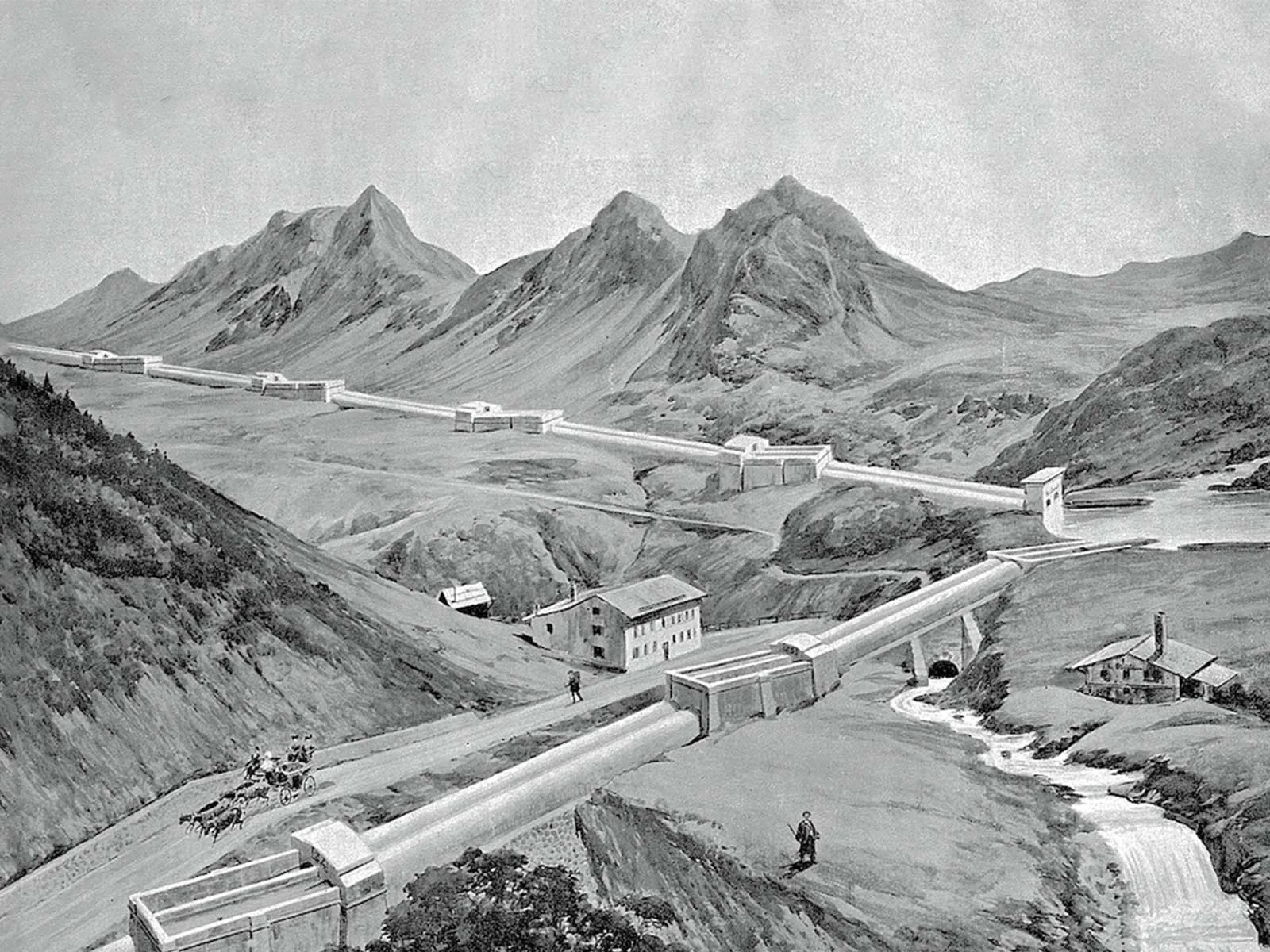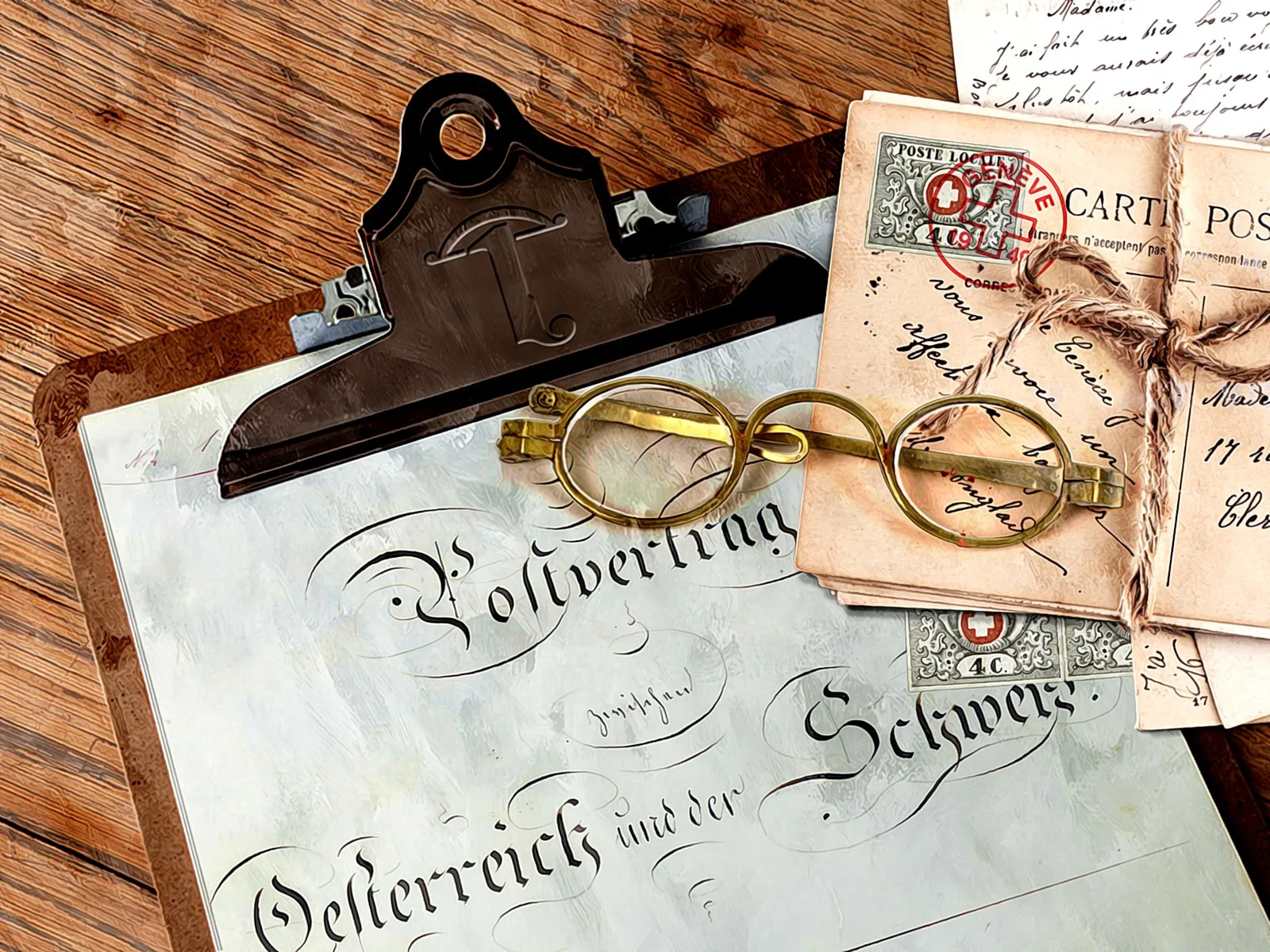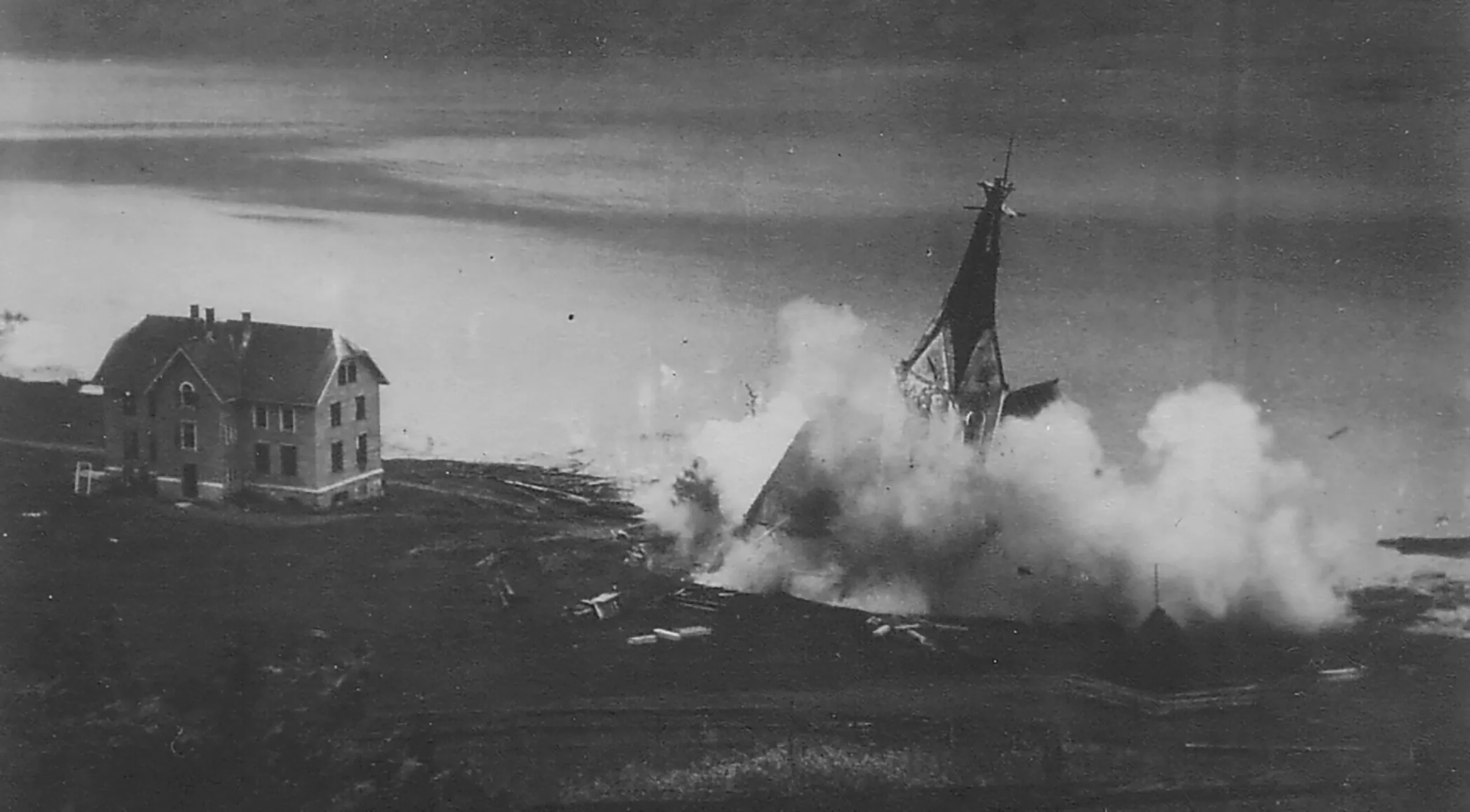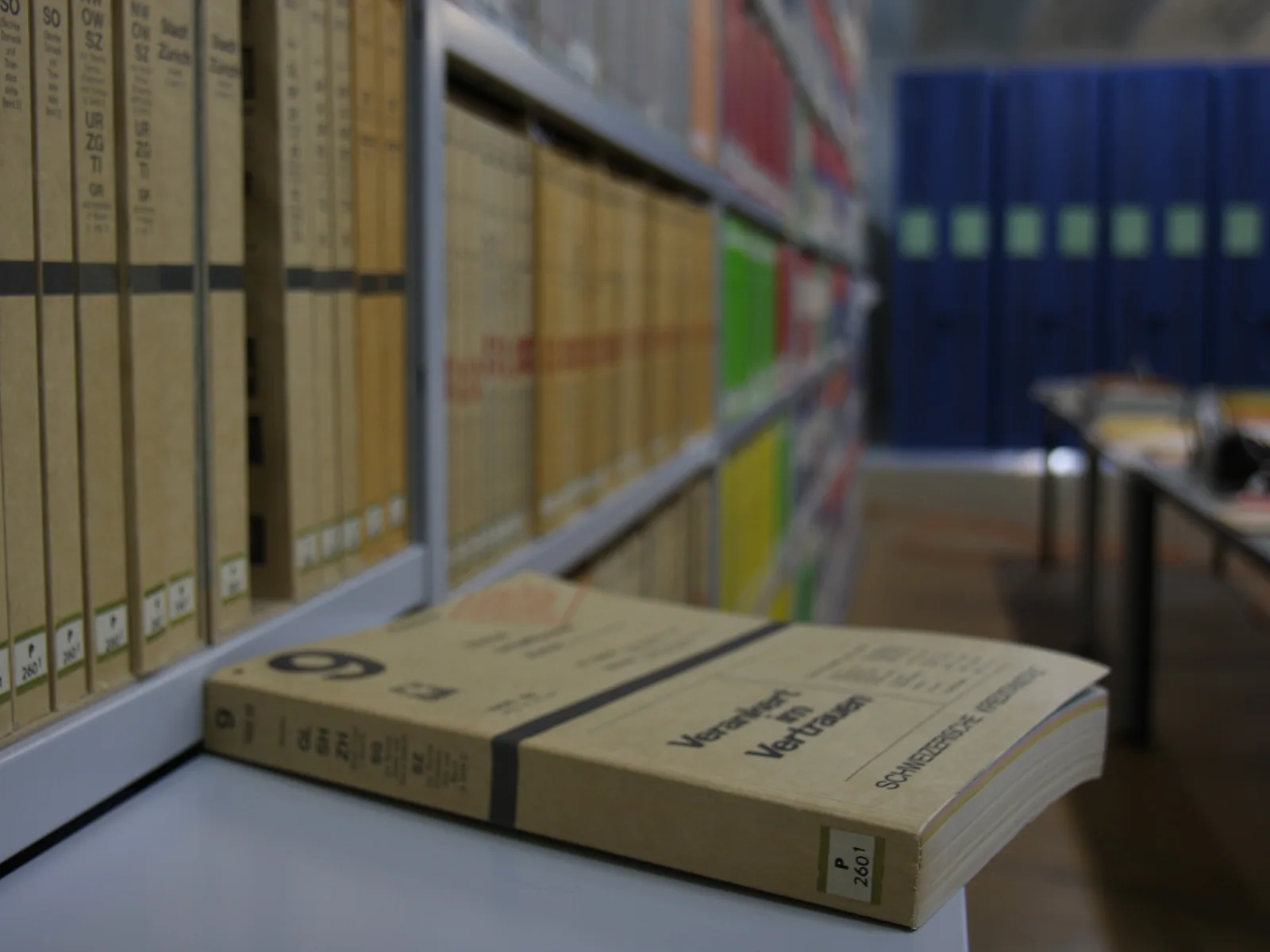
The last phone book
Switzerland’s last printed telephone directories were issued in 2022. What started in Zurich in 1880 now faces the final curtain. A look back.
The history of the telephone directory is closely linked to the technical evolution of telephony. Switzerland’s first experiments with the new medium of the telephone were conducted in 1877, via a telegraph line between Bern and Thun. An adjunct noted: “Following the experiments I have done so far, I have the impression that the telephone is a marvel that is yet in its infancy, and still has a number of refinements to go through.”
The business world, however, latched onto the new means of communication straightaway. In 1880 Wilhelm Ehrenberg, a Zurich businessman, applied to the Post- und Eisenbahndepartement, which was responsible for postal and railway services, for a license to set up a telephone network in Zurich. The Federal Council decided to grant the license. Switzerland’s first telephone book, with the title “List of speaking stations of the Zurich Telephone Society”, was released in Zurich in 1880. This, the nation’s first telephone directory – a slim booklet – contained 99 entries.
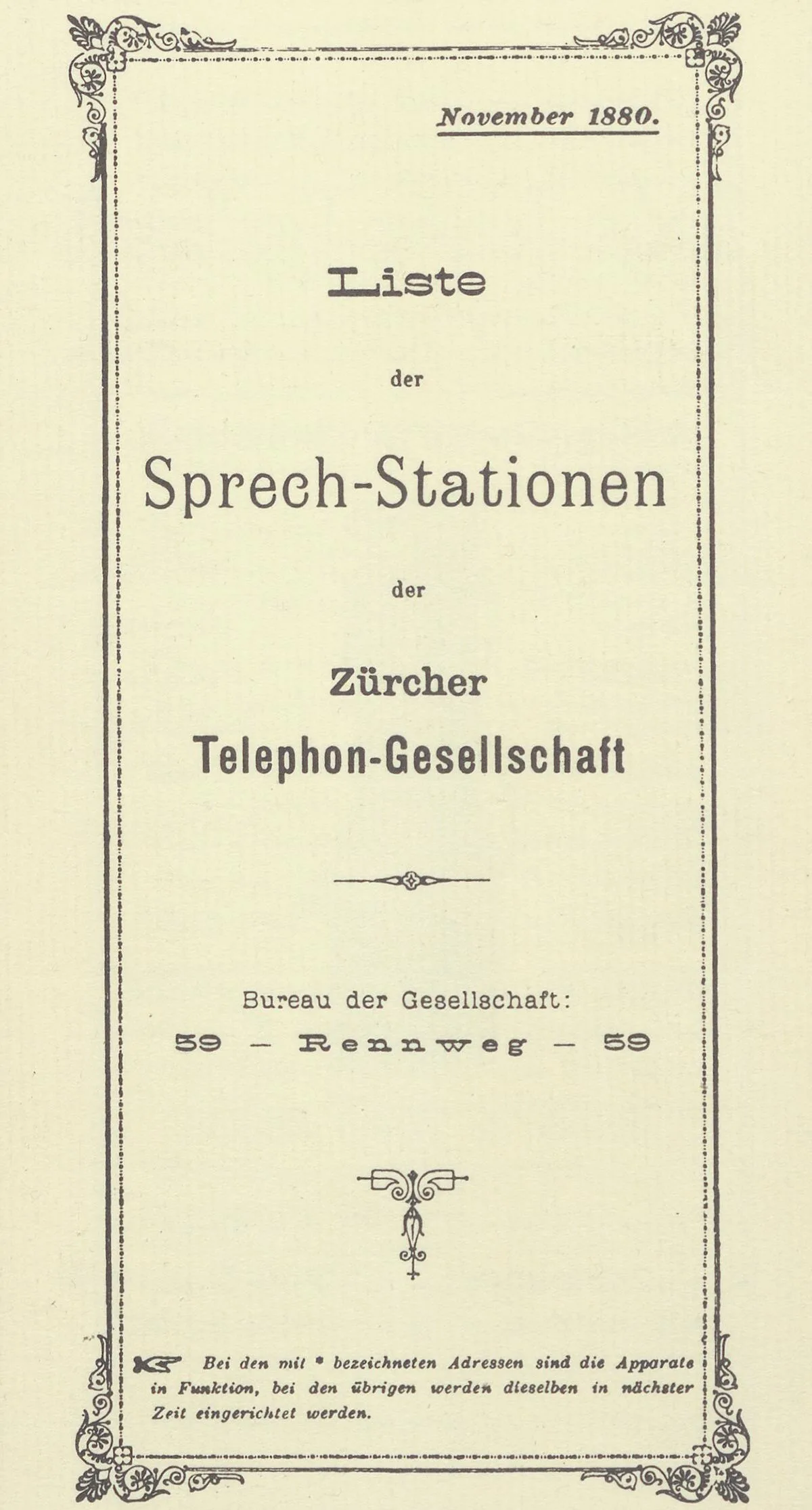
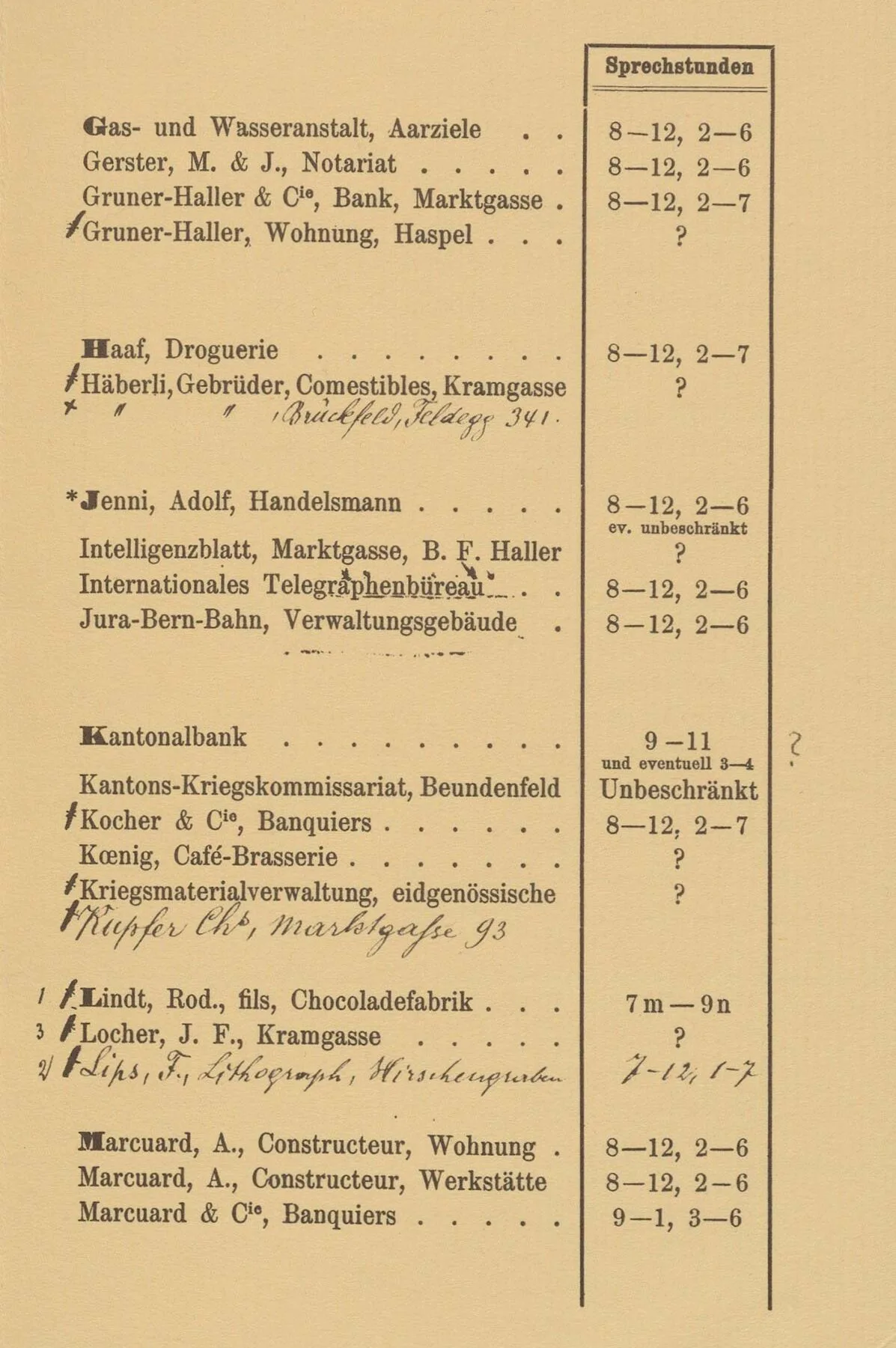
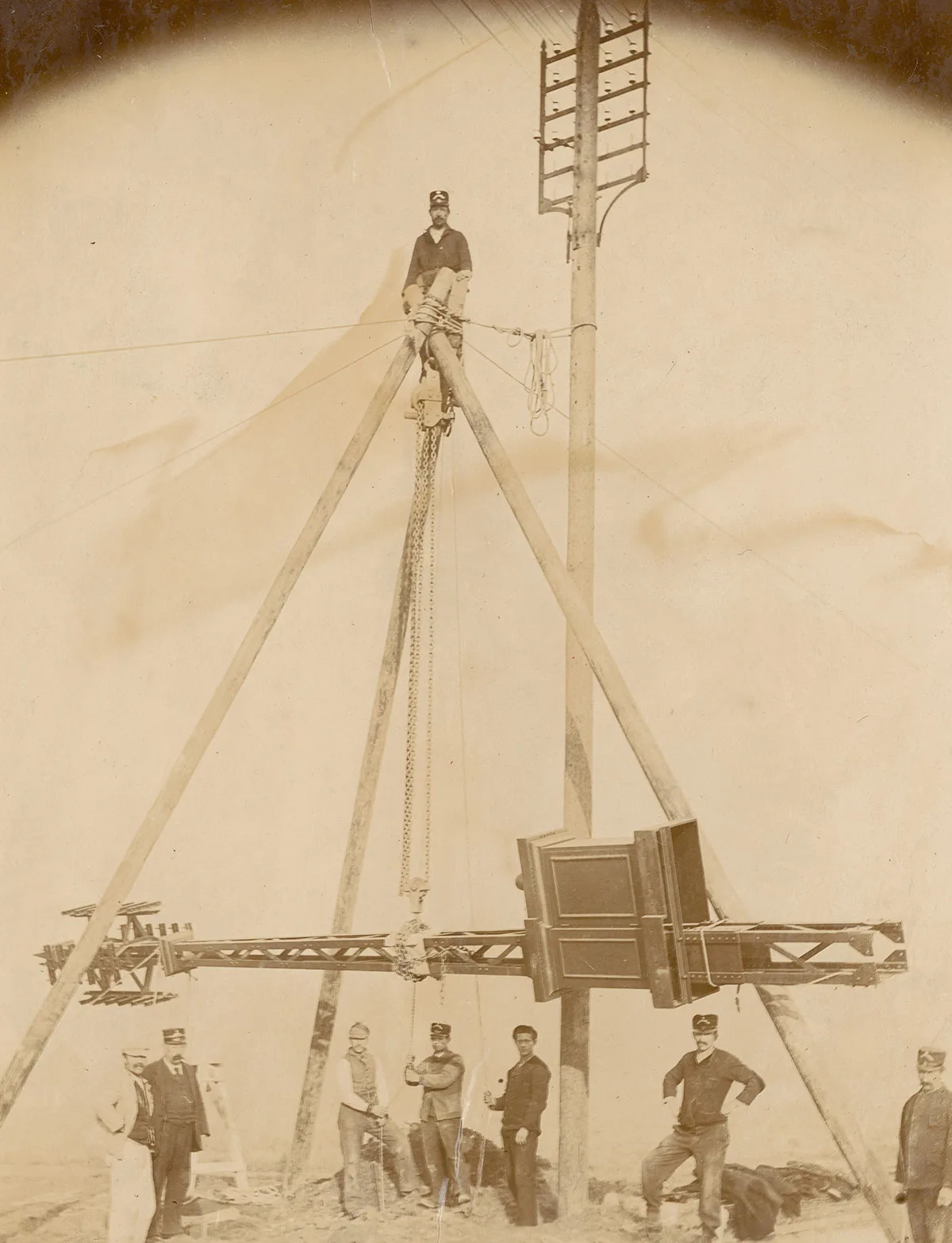
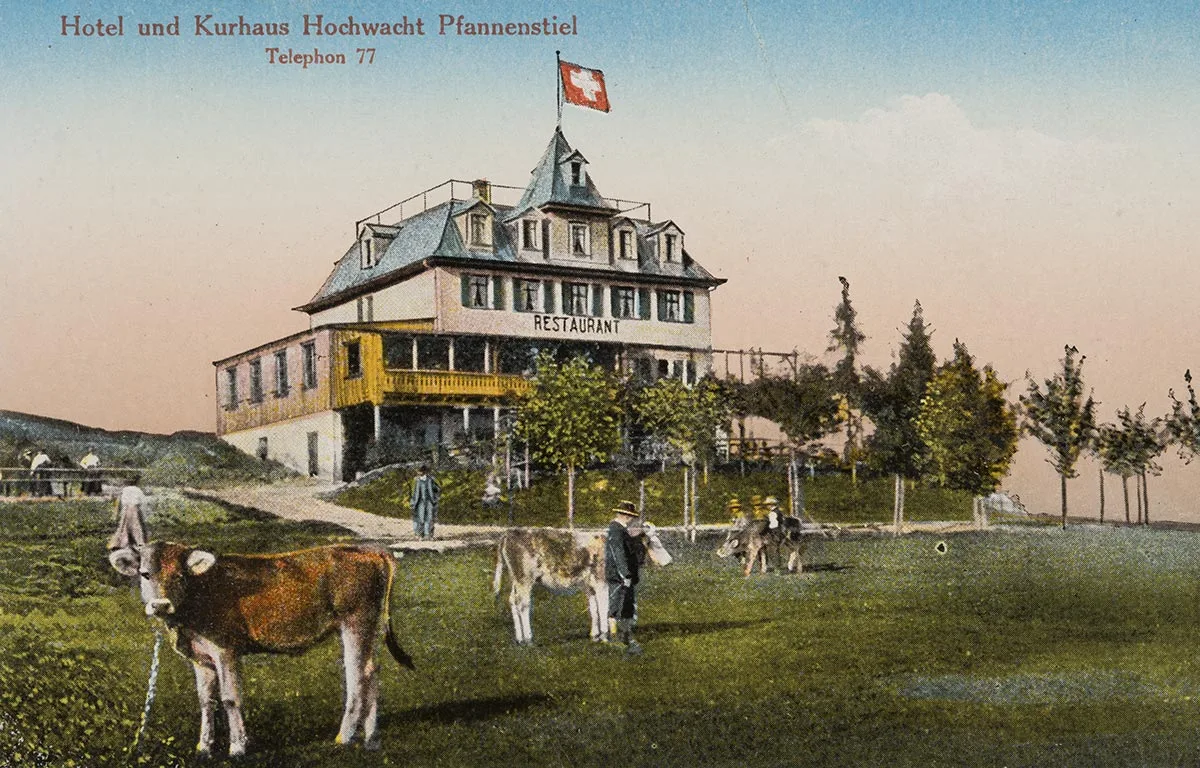
With each new connection, the costs fell and the number of connections continued to rise rapidly as a result of economic growth in the post-war years. In 1965 there were 1,466,000 connections, followed by a further increase to 3,277,000 in 1985. The peak was reached in 1995 with 4,318,000 connections. Based on a PTT instruction of 1992, which remained valid until liberalisation in 1997, an entry in the telephone book was mandatory for all landline connections. Between 1980 and 1997, virtually every household in Switzerland had a telephone connection. This meant that each of these households had a telephone book entry. Since not every municipality issued address directories, for those years the telephone directories were publicly accessible listings of residents. This high-volume production of phone books was a complex challenge to manufacture, and used a phenomenal mountain of paper. Richard Erismann, former CEO of Swisscom Directories AG, recalls hearing an estimate that the paper used to produce all the telephone books for a single year would have filled a railway carriage stretching from Bern to Zurich.
Collection of obsolete telephone books, 1966 (in German). SRF
This article was originally published on the blog of the Museum für Kommunikation.

